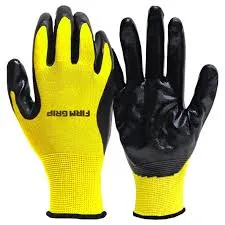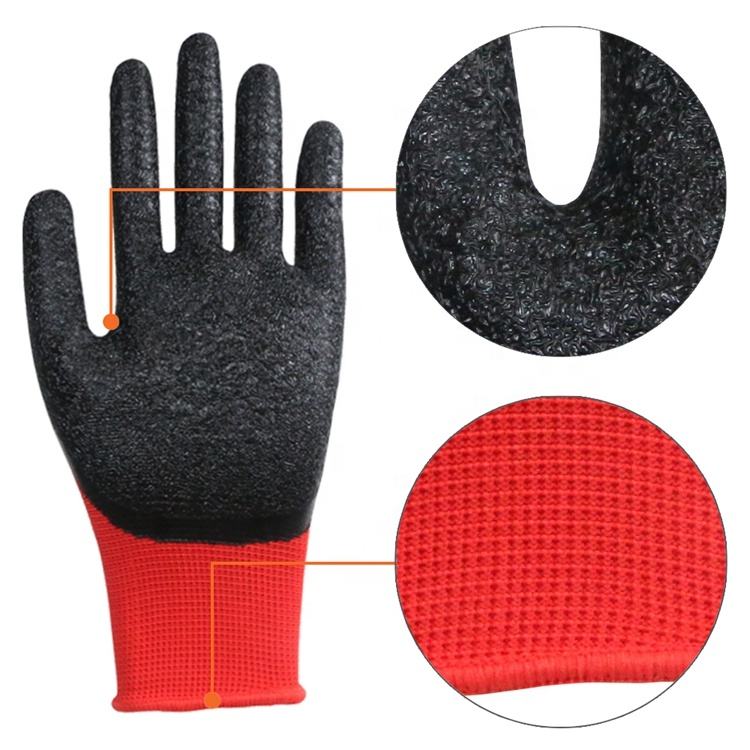hard hats
When it comes to workplace safety, hard hats are indispensable. As someone with extensive experience in safety gear evaluation, the importance of selecting the right hard hat cannot be overstated. A well-chosen hard hat not only complies with safety regulations but also significantly reduces the risk of head injuries in hazardous environments, providing peace of mind for both workers and employers.

Delving deep into the mechanics of hard hats, these protective helmets are meticulously engineered to handle various types of impacts. Constructed with high-density polyethylene or polycarbonate materials, the outer shell is designed to deflect falling objects and withstand electrical shocks. Beneath this robust shell lies a suspension system which acts as a shock absorber, distributing the force evenly around the head and significantly minimizing potential injury.
Selecting the correct type of hard hat is crucial to optimizing safety. The market offers diverse classifications including Type I and Type II. Type I hard hats are primarily constructed to reduce the force of impact resulting from a blow to the top of the head, making them ideal for professions like construction or forestry. Type II models, on the other hand, provide enhanced protection from lateral impacts, which are pivotal in environments such as ironwork or steel manufacturing where side impacts are a risk.

The expertise in hard hat selection extends to understanding the various classes defined by electrical resistance. Class G (General) hard hats provide low electrical protection, suitable for standard construction sites. Class E (Electrical) offers a higher level of protection designed for electricians and those working near high-voltage environments, while Class C (Conductive) allows for easy ventilation but offers zero electrical protection, catering to industries where this is a non-issue.
hard hats
Real-world experience highlights the importance of customization and comfort in the prolonged use of hard hats. Features such as adjustable suspension systems, sweatbands, and padded interiors contribute to prolonged comfort and ensure the hard hat remains securely in place, vital for maintaining protection throughout the workday. Furthermore, some models offer integrations such as visors, earmuffs, or even communication devices, enhancing functionality without compromising safety.
Authoritativeness in hard hat manufacturing is manifested through adherence to safety standards such as OSHA and ANSI, which provide comprehensive guidelines ensuring these products meet rigorous safety and performance criteria. Trusted manufacturers invest significantly in research and development, continuously innovating to improve the safety features and durability of hard hats, thereby reinforcing their position as industry leaders.
Trustworthiness in hard hat performance is achieved through transparent testing processes and certifications, verifying that every hard hat marketed has undergone stringent safety evaluations. This reliability engenders confidence in hard hat wearers, acknowledging that their safety is backed by scientific scrutiny and quality assurance.
Overall, the nuanced understanding of hard hats extends beyond their basic function; it embodies a commitment to safety through experience, expertise, and trustworthiness, ensuring every user is well-protected against occupational hazards. Prioritizing these factors in hard hat selection not only enhances workplace safety but also fosters a culture of caution, respect, and responsibility, integral to every successful operation.
-
Northern Safety Clothing Supplier Cheap OEM & China Options
NewsJul.04,2025
-
High-Quality Auto Racing Safety Clothing Affordable & OEM Options from China
NewsJul.04,2025
-
Aero Safety Helmet - OEM Gomax Aero Adult Safety Helmet, Affordable Protection for Cyclists
NewsJun.10,2025
-
Buy uvex pheos abs alpine safety helmet – OEM & Cheap Options from China Supplier
NewsJun.10,2025
-
Volman Safety Helmet - Premium Durable Protection for Industrial Workers
NewsJun.10,2025
-
Top Safety Helmet Suppliers in UAE Reliable Brands & Affordability
NewsJun.10,2025
